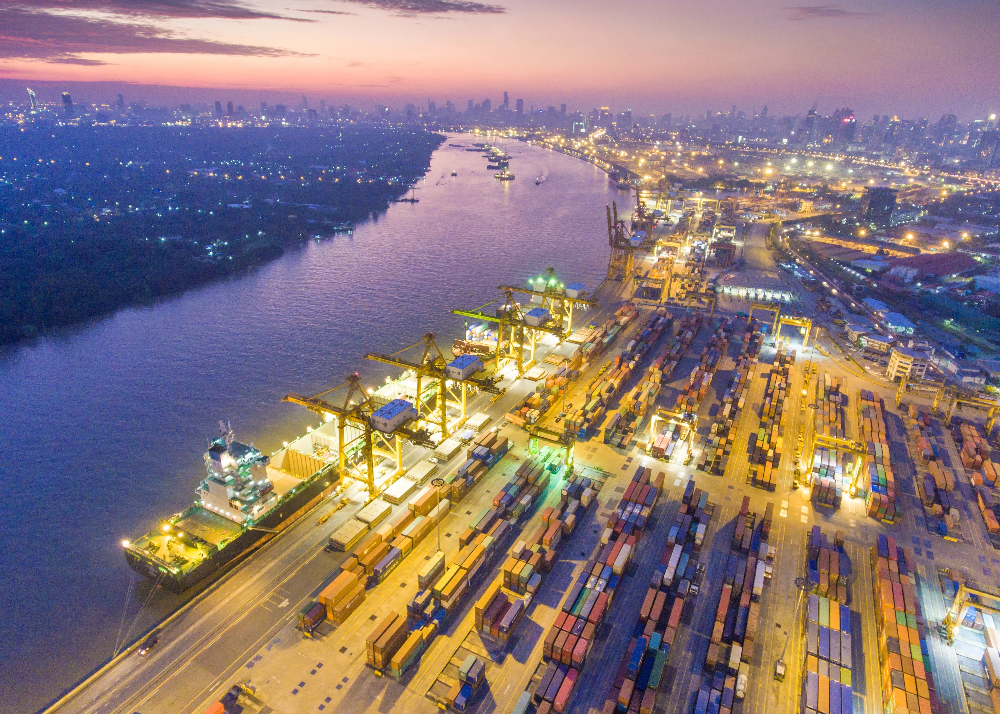Mexico group says green hydrogen growing despite lacking regulations
Although Mexico has yet to legislate policies for the green hydrogen industry, the Mexican Hydrogen Association estimates there are about USD 20bn in private initiatives in the country to produce energy using green hydrogen or some derivative.
Association President Israel Hurtado, whose group has mapped about a dozen projects, highlighted that the growth in green hydrogen initiatives is driven by nearshoring, which is also stimulating construction and new infrastructure in Mexico.
“Mexico, with its strategic geographical location and significant private initiatives, has the potential to not just participate but lead in the production and export of green hydrogen,” he said.
The most notable among the proposed projects is a USD 10bn initiative in Oaxaca, a collaboration between the Oaxaca government and Copenhagen Infrastructure Partners, a Danish fund that is set to invest about USD 9.7bn. The scale of the project underscores the potential of green hydrogen in Mexico, Hurtado said. Neither the state of Oaxaca nor CIP responded to requests for comment on the project, which was announced in December 2023.
Hurtado said that most of the projects are initiatives paid for by the developers and some development banks. He said that neither Banobras nor Bancomext are involved in any green hydrogen projects.
US firm Transition Industries LLC and the International Financial Corporation are making significant strides with their USD 2.2 billion green methanol project in Ahome, near the Topolobampo area. Transition Industries recently announced a groundbreaking agreement with the Ahome Municipality’s Drinking Water and Sewage Board (JAPAMA) to use municipal wastewater for all water resource needs for its Pacifico Mexinol project. The company anticipates Pacifico Mexinol to be the world’s largest single ultra-low carbon methanol facility upon commencement.
According to the association, French company HDF Energy presented to the Mexican government and the Federal Electricity Commission (CFE) a proposal to build seven electricity generation plants using green hydrogen technology in Baja California. While HDF did not reply to requests for comments, the firm said in its 2023-year results that the firm expects to start construction of certain projects, including the ones in Mexico, in 2024 and 2025.
The firm Tarafert is developing a green ammonia project that will produce 200,000 metric tons of green ammonia per year in Durango. Ohmium International, Inc., is slated to provide 343 MW of electrolyzers for the Project. Tarafert did not answer requests for comment, but an Ohmium official said the project is slated to be completed in 2025.
Cemex, with offices in Nuevo León, is planning to use hydrogen in four of its cement plants to reduce carbon emissions, according to the association. The company did not answer requests for comment. The government of Tamaulipas announced a proposed green hydrogen plant for water treatment, but an official said the proposed project is still in the early phases. The project was proposed by the Institute for Strategy and Complexity Management in Belgium.
While Hurtado told Infralogic that German conglomerate Siemens had plans to install a green hydrogen plant in the Mexican port Lázaro Cárdenas in the state of Michoacán, a Siemens official told Infralogic that it had scrapped all plans to do so. Siemens did not provide further comment.
Dhamma Energy, meanwhile, is building a plant that will mix hydrogen and natural gas to produce 72 MW of energy in Guanajuato. The company declined to comment but the Association said the project cost is about MXN 3,932bn (USD 230m).
The government steps up
Hurtado noted that PEMEX, the Mexican state-owned petroleum company, and the CFE have also included plans to do hydrogen projects in their sustainability roadmaps.
Despite the current lack of legislation, Hurtado said that the Energy Secretary is actively working on regulations to define project criteria. The association is also playing a role in promoting a “hydrogen route” that includes incentives for these projects and alliances with communities to educate about these projects.
“I am not worried about these challenges because they were the same as other industries, and in the end, we overcame all those obstacles,” he said. He noted that the green hydrogen technology is “a new-old thing” because “it is the same molecule, but what changes is where we get it and the technology used.”










